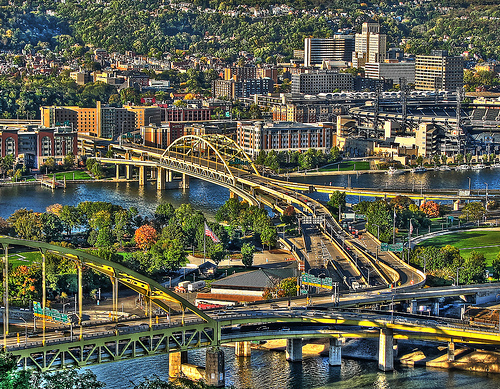Related

Event
/ Mar 11,2023
NYU New Cities Conference
Innovative Approaches for Urban Transformation in the Global South

Sep 29,2012
Cities and Entrepreneurship
by
Brandon Fuller
more on:
urban economics
The next time you drive to a suburban mall or stare at an office building ask yourself the following question; how much electricity consumption do these buildings consume? Given the unpriced environmental externalities associated with such consumption, this is a mildly interesting question. In this new NBER Working Paper, Nils Kok, John Quigley and I provide some answers.
I hope this paper demonstrates the continuity in my Green Cities research agenda. I have studied the urban pollution created by urban cars, residential housing, and electric utilities. With Nils and John, I moved on to commercial real estate. With co-authors in China, I’m also re-examining similar questions there.
Here’s the abstract:
Cross-posted with modifications from the Environmental and Urban Economics blog.
Tile image by TF28 ❘ tfaltings.de.
Please fill out the information below to receive our e-newsletter(s).
*Indicates required.